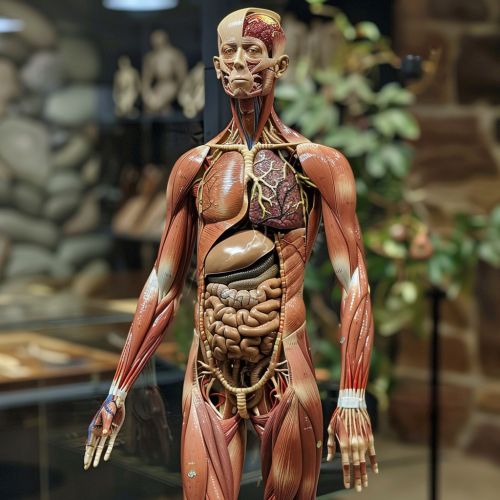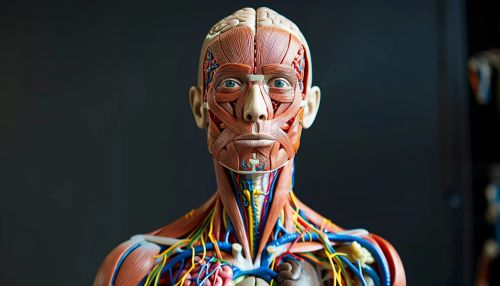Humanity
Overview
Humanity refers to the collective existence of human beings, a species of primates characterized by their advanced cognitive abilities, complex social structures, and highly developed culture. The term is often used in a broader sense to encompass the human condition, human nature, and the totality of human societies and cultures.
Biological Aspects
Human beings, or Homo sapiens, are a species of primates belonging to the family Hominidae, also known as the great apes. Humans are distinguished from other primates by their bipedal locomotion, high manual dexterity, and significantly larger brain size, which enables advanced problem-solving, abstract reasoning, and language capabilities.


Humans are sexually dimorphic, with males typically being larger and stronger than females. The human body is composed of several organ systems, including the nervous, circulatory, respiratory, digestive, endocrine, and reproductive systems. Each of these systems plays a crucial role in maintaining the body's overall health and functionality.
Evolution
The evolutionary history of Homo sapiens is a complex process that spans millions of years. Humans are believed to have evolved from a common ancestor with the chimpanzees, the closest living relatives to humans. The first species of the genus Homo, Homo habilis, appeared in Africa around 2.8 million years ago. Homo sapiens, the species to which modern humans belong, first appeared around 300,000 years ago.
The process of human evolution involved several adaptive changes, including the development of bipedalism, increased brain size, and the ability to use and create complex tools. These adaptations allowed early humans to survive and thrive in a variety of environments, eventually spreading across the globe.
Culture and Society
Human culture and society are characterized by their complexity and diversity. Humans are social animals, living in communities that range from small family units to large cities. Human societies are marked by patterns of relationships (social structure), social stratification, and conflict, as well as cooperation among individuals and groups.
Culture, a defining feature of humanity, encompasses the shared beliefs, values, customs, behaviors, and artifacts that members of a society use to cope with their world and with one another. This includes systems of symbols, language, norms, and laws. Human culture is learned and transmitted from generation to generation, allowing for the accumulation of knowledge and technology over time.
Language and Communication
Language is a fundamental aspect of human life, enabling complex communication and facilitating social interaction. Humans use spoken, written, and signed languages to convey messages, express emotions, and share ideas. Language is also a crucial tool for thinking, problem-solving, and decision-making.
Communication in humans is not limited to language. Non-verbal communication, such as facial expressions, body language, and gestures, plays a significant role in human interactions. Additionally, humans use various forms of symbolic communication, including art, music, and literature, to express ideas and emotions.
Ethics and Morality
Ethics and morality are central to human societies, guiding behavior and decision-making. Ethical systems are often grounded in religious or philosophical beliefs and are codified in legal systems. They serve to regulate human behavior, promote social cohesion, and mitigate conflict.
Morality in humans is believed to be a product of both biological evolution and cultural learning. It encompasses concepts such as fairness, justice, and rights, and is often associated with emotions like empathy and guilt.
